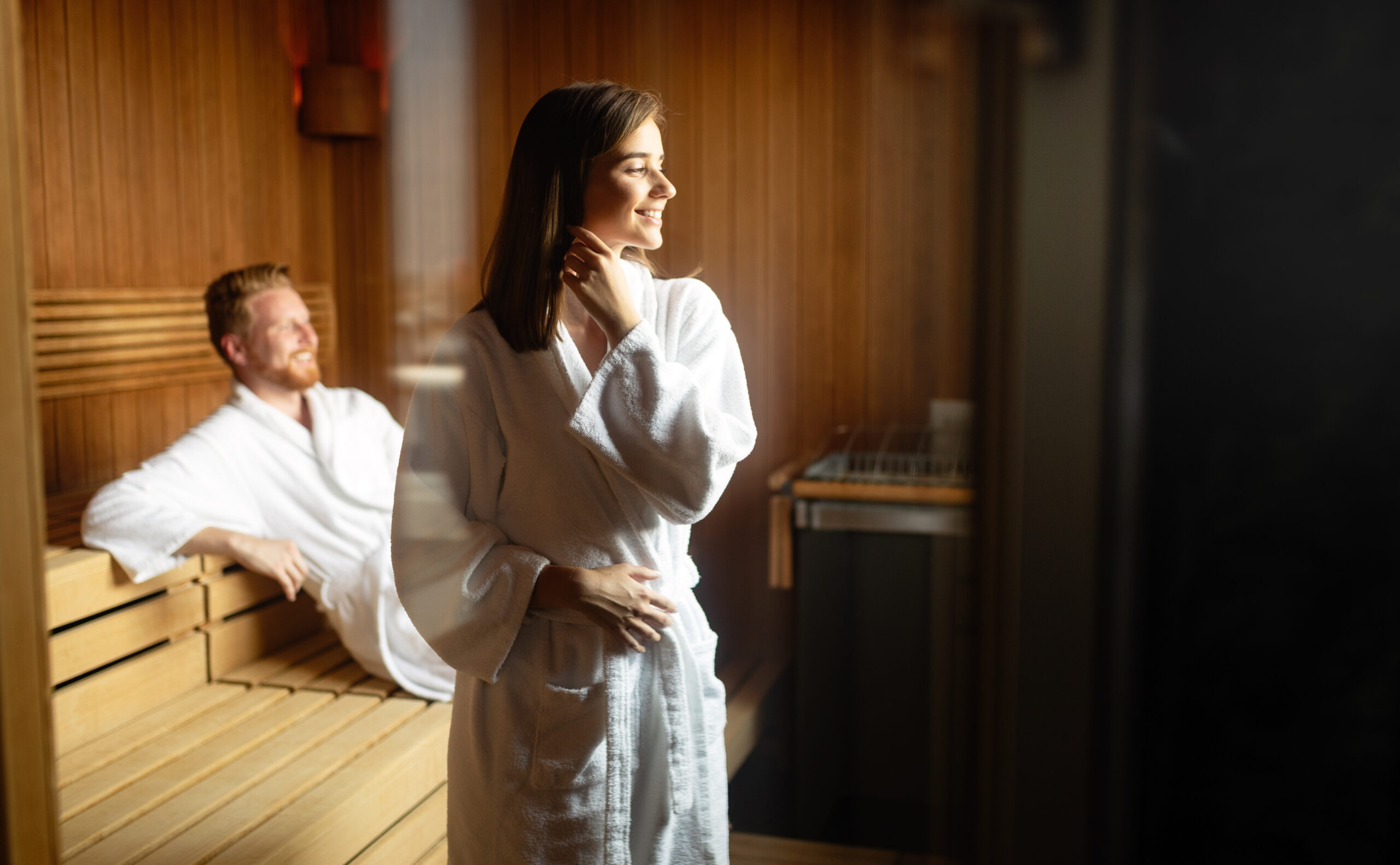by Mark M. Bello
Feeling anxious? You are not alone. Everyone experiences anxiety at some point and many of us struggle with dealing with it at the moment. One helpful aid for managing anxiety that is agreed upon by physicians and mental health clinicians alike is deep breathing—specifically, diaphragmatic breathing.
Diaphragmatic breathing emphasizes the use of the diaphragm muscle rather than the chest. Although we are all capable of breathing this way, very few of us do so regularly. Chest breathing is actually “shallower” and can bring less new oxygen into the body. When faced with a stressful situation, the body’s automatic systems are on high alert, signaling the heart to beat faster and increase your breathing rate. By consciously becoming aware of your breathing, you can reduce or avoid the likelihood of an anxiety attack.
Before beginning any breathing exercise, think about your environment and your position. It is recommended that you practice in a calm, quiet place free from distractions so that you feel adequately experienced with the technique when you need it under distress. Ideal positions for deep breathing are sitting, lying with knees-raised or lying flat. Sitting—upright with good posture, uncrossed appendages and feet flatly on the floor—is best when aiming to maximize awareness of your experience and surroundings.
Lying with knees-raised—with spine straight and feet about 8 inches apart—is best for those with back problems.
Lying flat—with spine straight and appendages stretched outward (unless hands are needed, as explained later)—is considered by many as the most relaxing.
Once you are in the right environment, you are ready to practice diaphragmatic breathing:
- Take 5-10 breaths, inhaling and exhaling through your nose. This slows breathing and prevents hyperventilation. If you cannot breathe through your nose, purse your lips, and breathe through your mouth. Some people also find a pattern of nasal inhales and oral exhales helpful.
- Place one hand on your abdomen and one on your chest. Inhale, taking a deep breath from your abdomen. Notice your breathing. As you inhale, you should feel your stomach rise. The hand on your chest should move relatively little.
- Your abdomen should fill first with proper diaphragmatic breathing, followed by the middle chest and then the upper chest; imagine filling a glass of water from bottom to top.
- Pause for a second without feeling, you must “hold” your breath. Try to grow more comfortable with a stillness between inhales and exhales each time you practice.
- Slowly exhale until all the air is expended. Your stomach should fall back down as you exhale.
- As you practice, try to slow and deepen your breathing into your diaphragm more and more.
- Thoughts, feelings and sensations will naturally arise and draw your attention away from your breathing. Notice them and then return your attention to your breath.
- Continue this pattern of breathing for 5-10 minutes, or until you feel relaxed. It is helpful to practice diaphragmatic breathing 1-2 times per day.
If you are struggling to breathe diaphragmatically, try exaggerating the abdominal movement and exhaling more forcefully, which will empty your lungs and force a deep breath into your abdomen. You can also press your hand down on your abdomen and use the inhale to push it up.
Once you feel you understand the technique, you can add extra, optional components to further your relaxation or stress reduction.
Tension Release: During the pause between inhales and exhales, notice any parts of your body that feel tense. As you exhale, feel the tension leaving your body; with each exhalation, aim to become more relaxed.
Paced Breathing: Try evenly pacing the stages of your breathing. Breathe in for a count of 3, 4 or 5. Hold it for the same duration (or slightly less). Exhale for the same count. Hold between breaths for the same time or slightly less. Some people prefer a slightly longer count for their exhale if they are feeling particularly anxious.
The next time you experience anxiety, try using this breathing technique and its variants to see if they alleviate your symptoms. If the anxiety persists or worsens, consult your healthcare provider or mental health professional. With the right approach, you can regain your quality of life and control your anxiety.








Leave A Comment